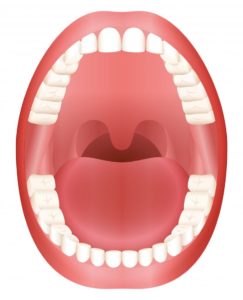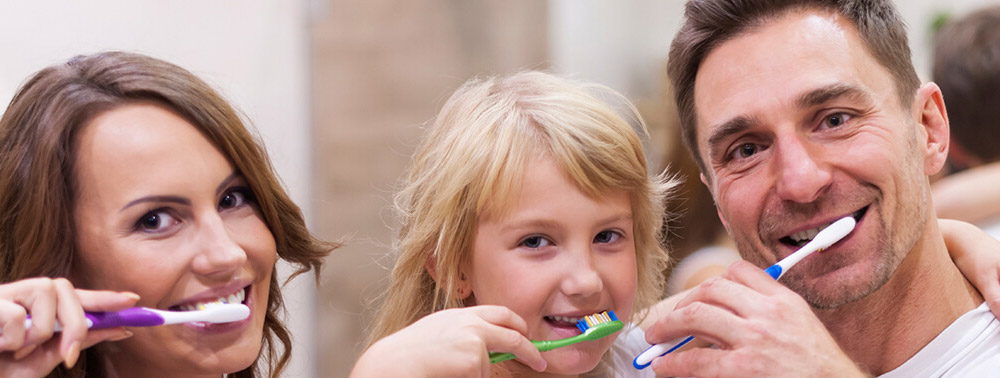How Can Learning About the Parts of the Mouth Improve Oral Care?
November 4, 2021

When you were six years old, if your parents could get you to run that toothbrush over your little choppers for a couple of minutes twice each day, they were probably pretty proud of you. And that was an impressive job for sure, so congrats are deserved, but as you get older you learn more about your oral health and how you can take care of yourself.
Keep reading to learn about other parts of the mouth and the purposes they serve from your dentist in Wallowa County. The better you understand that every part matters to keep you healthy, the more likely you are to go the extra mile in your oral hygiene regimen.
How Do Your Lips, Cheeks, and Tongue Help Your Teeth?
Your lips and cheeks contribute to everything from forming your facial expressions to breathing to speaking. They also keep food and saliva in your mouth while you chew. These strong muscles brace your teeth to keep them in the proper position.
The tongue is another powerful muscle that facilitates chewing, swallowing, speaking, and tasting food. Taste buds, sensory receptors on your tongue, enable you to enjoy the food you eat. In fact, the human tongue can have up to 10,000 taste buds, which help you detect sweet, salty, bitter, and savory flavors.
The pressure that the tongue applies within the mouth helps the oral cavity maintain its shape and keeps the teeth in their proper position.
Why Are Your Temporomandibular Joints Important?
Your two temporomandibular joints facilitate your ability to chew, speak, and swallow. They also enable your mouth to open and close, as well as allow you to move your lower jaw forward and side to side.
These joints are located on both sides of your head near your ears and work together with your jawbone, facial muscles, and ligaments. Any disruption to the synchronization of this pair, which can happen if you grind your teeth at night, can result in facial pain, difficulty in chewing, and jaw stiffness.
Teeth are Supported by Your Gums, Alveolar Bone, and Salivary Glands
Your mouth’s gum tissue holds your teeth in place and protects the roots from decay. You may be familiar with gum disease, and the main symptoms include swelling and chronic bleeding. These warning signs are important because unchecked gum disease can lead to tooth and bone loss.
On the other hand, the alveolar bone is not a well-known portion of the mouth. The roots of your teeth anchor them in your jawbone. The alveolar bone surrounds the roots to stabilize the teeth.
You have six salivary glands that produce the clear liquid known as saliva, which is made up predominantly of water and contains substances that break down food to begin the digestive process. Saliva also moistens your mouth to help with speaking, chewing, and swallowing.
Plus, it washes bacteria from your teeth and gums. The proteins and minerals in saliva play a vital role in protecting the enamel, as well.
About the Practice
Dr. Tyler Schaffeld earned his Doctor of Dental Medicine from Oregon Health and Science University. He believes dentistry to be the perfect marriage of biology, engineering, and art. Dr. Schaffeld’s youngest daughter is just a baby right now, but when she’s a little older he can teach her about all the parts of her mouth and why they are important. If you have questions about a particular part from this blog post, be sure to ask him at your next dental cleaning and exam. You can make an appointment on his website or call (541) 426-3783.
No Comments
No comments yet.
Sorry, the comment form is closed at this time.





